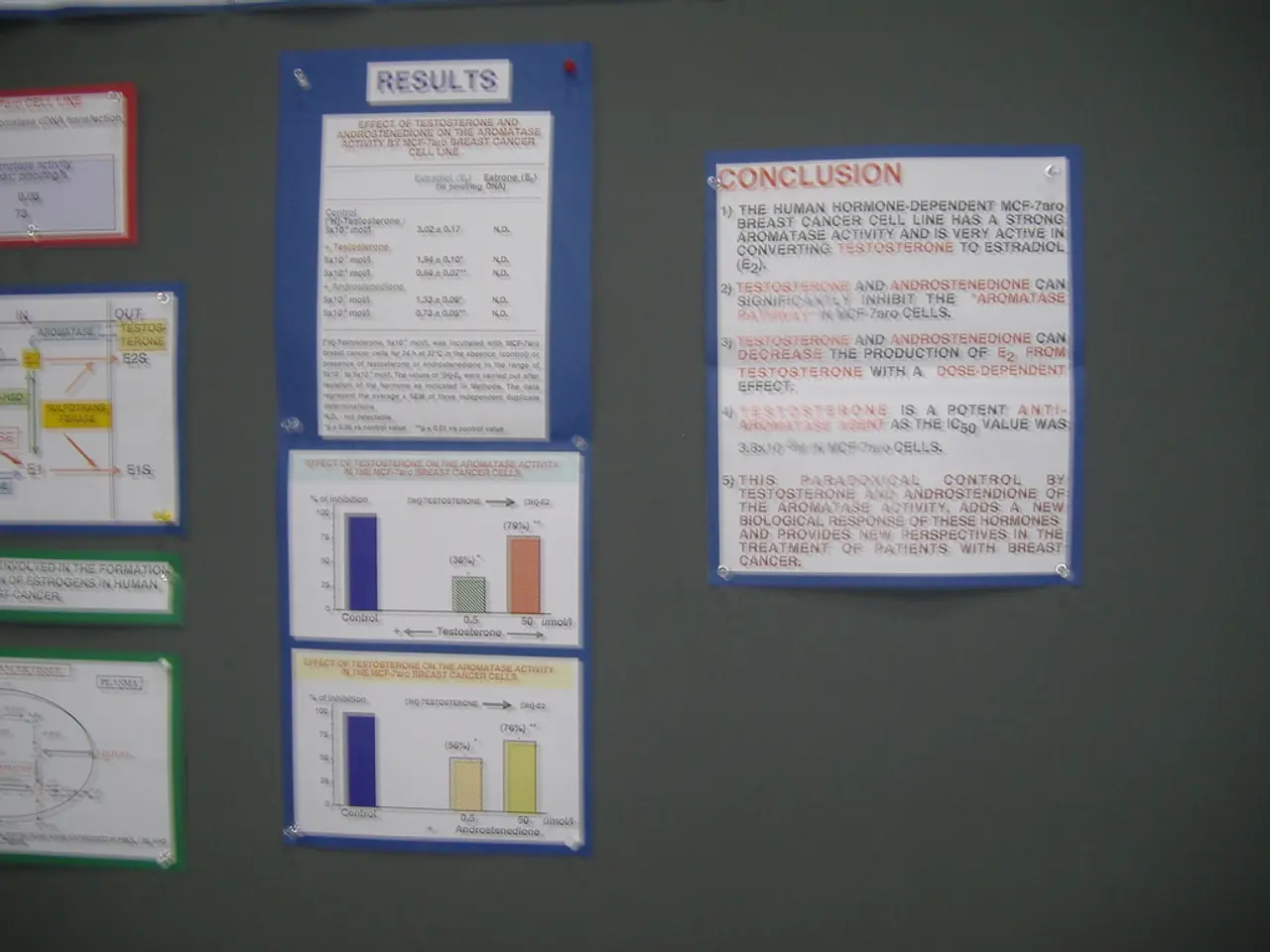Bank profit margins from interest rates reach a six-year low point
Vietnam's Banking Industry Predicted to See Reversal in Net Interest Margin Trend
Experts are forecasting a reversal in the declining net interest margin (NIM) trend for listed banks in Vietnam, due to improvements in the current account savings account (CASA) ratio and expectations of an upcoming interest rate cut by the US Federal Reserve (Fed).
The State Bank of Vietnam (SBV) has been loosening monetary policy by maintaining low interest rates to support economic recovery and growth. This policy has put downward pressure on NIMs because capital costs grew faster than yields on earning assets. However, the upcoming interest rate cut by the Fed is expected to lower the cost of capital for Vietnamese banks, especially those raising funds in US dollars or benchmarked to US rates, which in turn can increase their net interest margins.
An increase in the CASA ratio, which represents low-cost deposits, helps banks reduce funding costs and improve their interest margins. Positive developments in this ratio signal better NIM conditions ahead. Analysts from Mirae Asset Securities Company predict a potential improvement in banks' NIM due to the expected interest rate cuts by the Federal Reserve starting September-October 2025 and continuing into 2026.
Banks have been slowing their borrowing in dollars from international large financial institutions due to increased dollar interest rates. To comply with SBV regulations and improve operational efficiency, banks are forced to diversify and extend the term of capital sources. Banks can increase medium- and long-term capital mobilisation through issuing long-term deposit certificates, long-term bonds, or increasing equity capital through the issuance of shares.
The SBV regulates the ratio of short-term capital used for medium- and long-term loans at a maximum of 30%. Most banks in Vietnam are still dependent on short-term capital for medium- and long-term loans, posing a significant challenge. To improve NIM, banks should focus on controlling the cost of capital inputs or the structure of raised capital sources, according to Nguyen The Minh, director of the Yuanta Securities research and development division.
In Q2 2025, the net interest margin for listed banks in Vietnam declined to 3.17%, the lowest level since 2019. The decline is attributed to an increase in capital costs faster than the yield on earning assets. Banks are raising capital from domestic deposits, and the deposit interest rate has fluctuated in the same direction as lending interest rates, leading to a decrease in the NIM.
Experts expect the NIM trend to reverse due to positive developments in the CASA ratio and the US Fed's interest rate cut. While easing monetary policy supports growth, persistent inflation and a weakening Vietnamese dong limit how much further interest rates can be cut. This constraint points to a potential stabilization or reversal of the downward NIM trend rather than continued declines.
In conclusion, experts foresee a positive turn in NIMs fueled mainly by improving low-cost deposit ratios and favorable global interest rate moves, despite the current downward pressure from loose domestic policies and macroeconomic challenges.
- The government of Vietnam, through the State Bank of Vietnam (SBV), has been implementing a monetary policy that supports economic growth by maintaining low interest rates, which might impact the net interest margins (NIMs) of banks.
- Researchers from Mirae Asset Securities Company suggest that an upcoming interest rate cut by the US Federal Reserve (Fed) could lead to a reduction in the cost of capital for Vietnamese banks, potentially improving their NIMs.
- To improve their net interest margins, banks in Vietnam are focused on diversifying and extending the term of capital sources, as well as controlling the cost of capital inputs or the structure of raised capital, according to the research and development division of Yuanta Securities.




